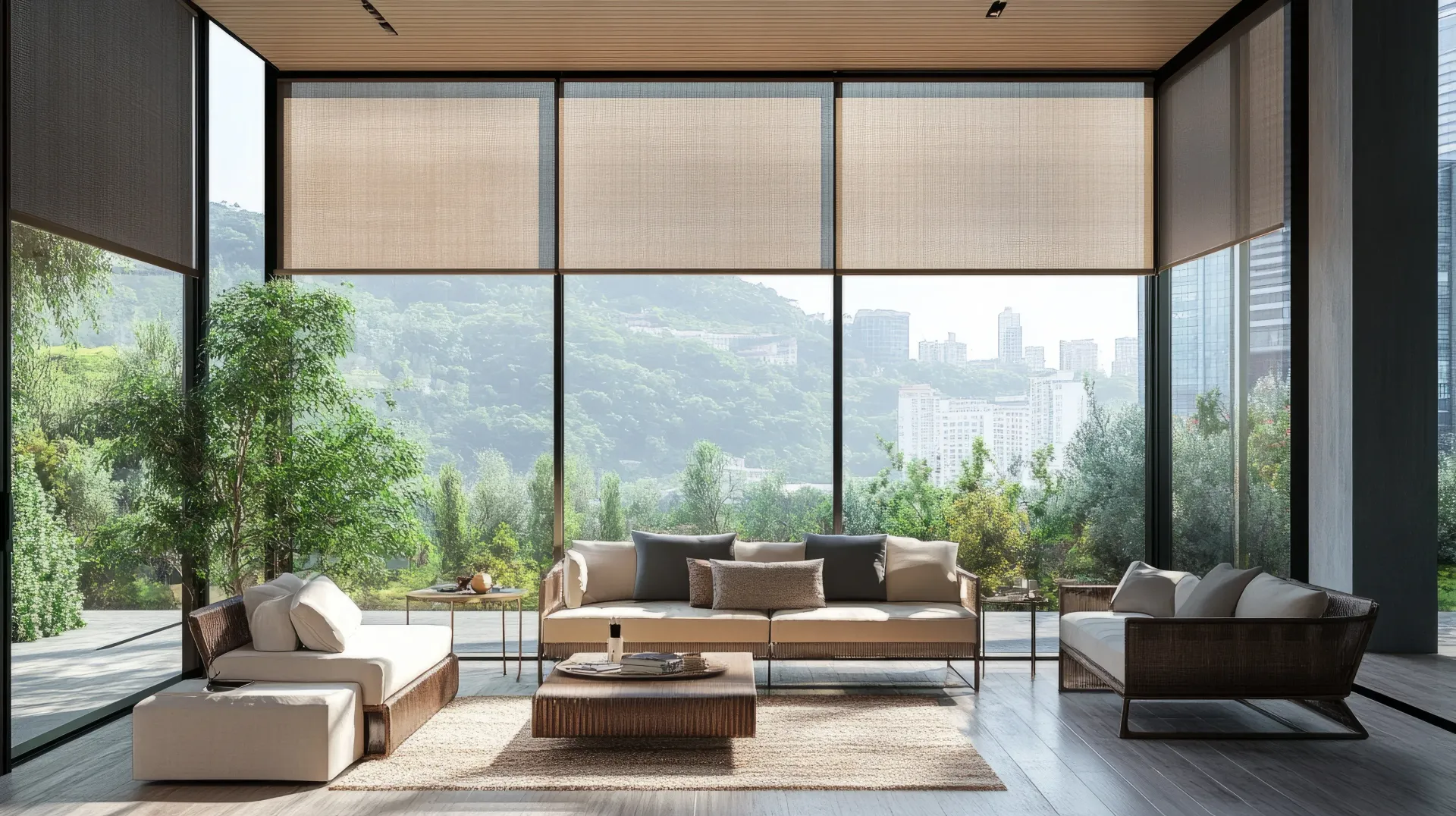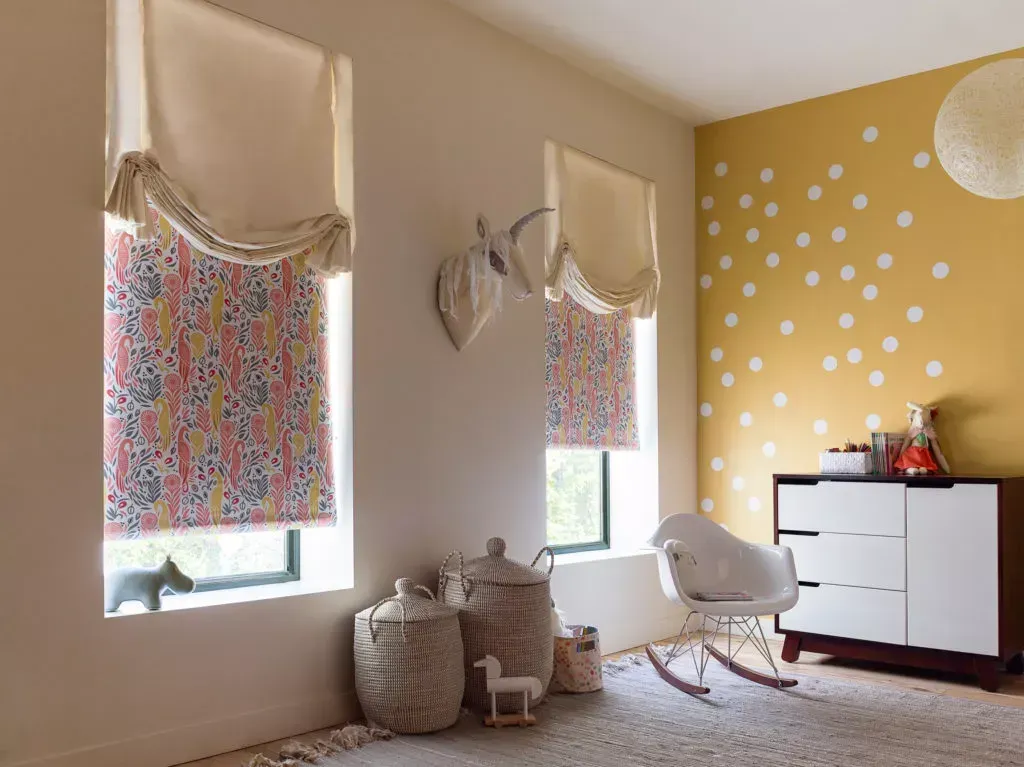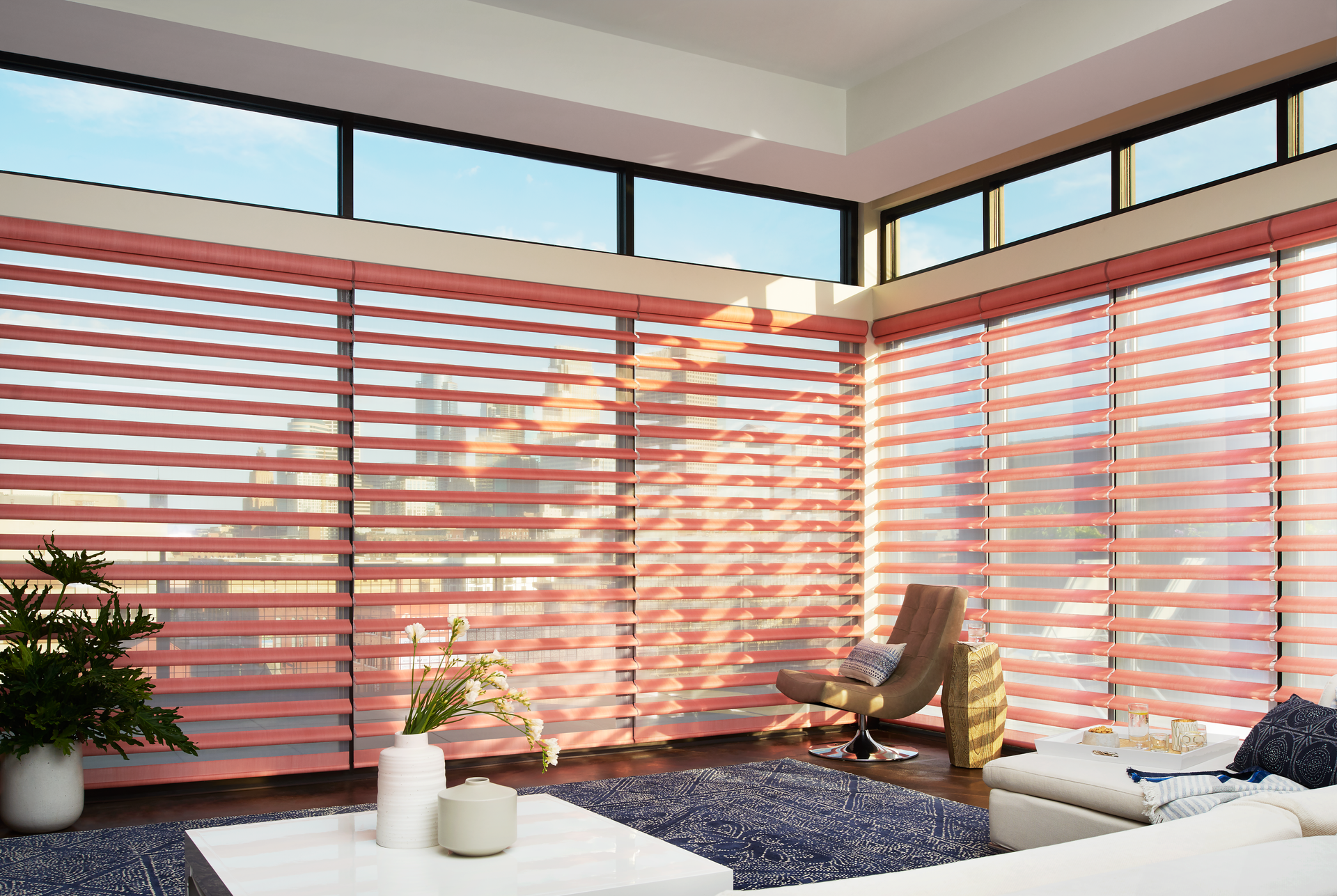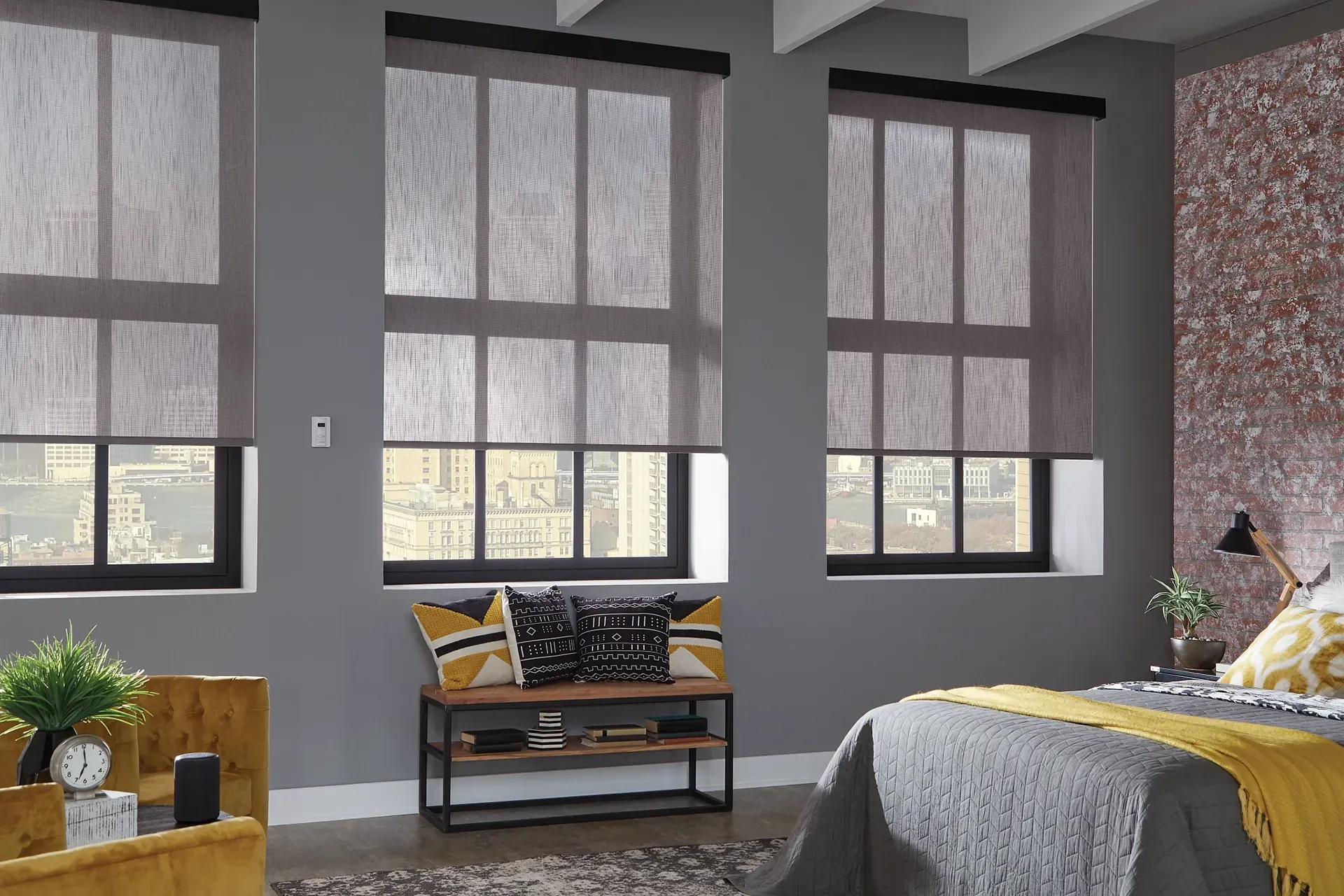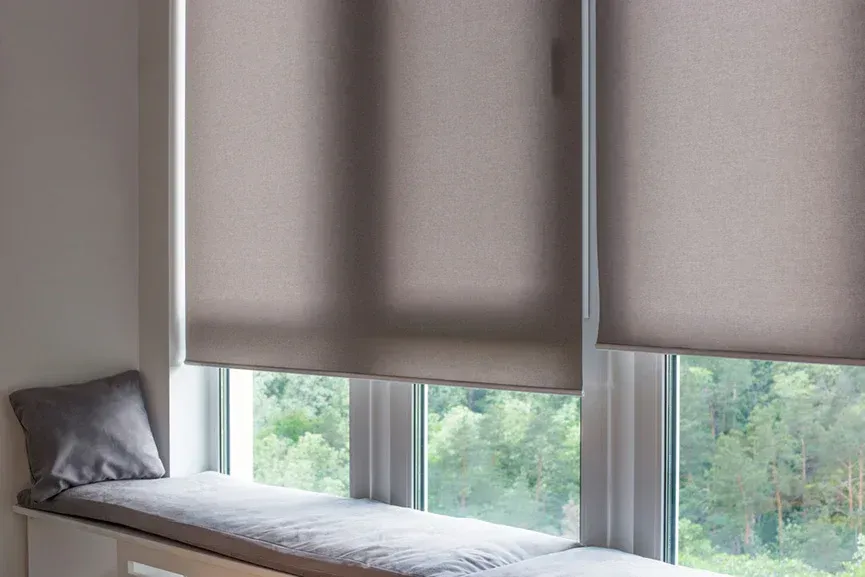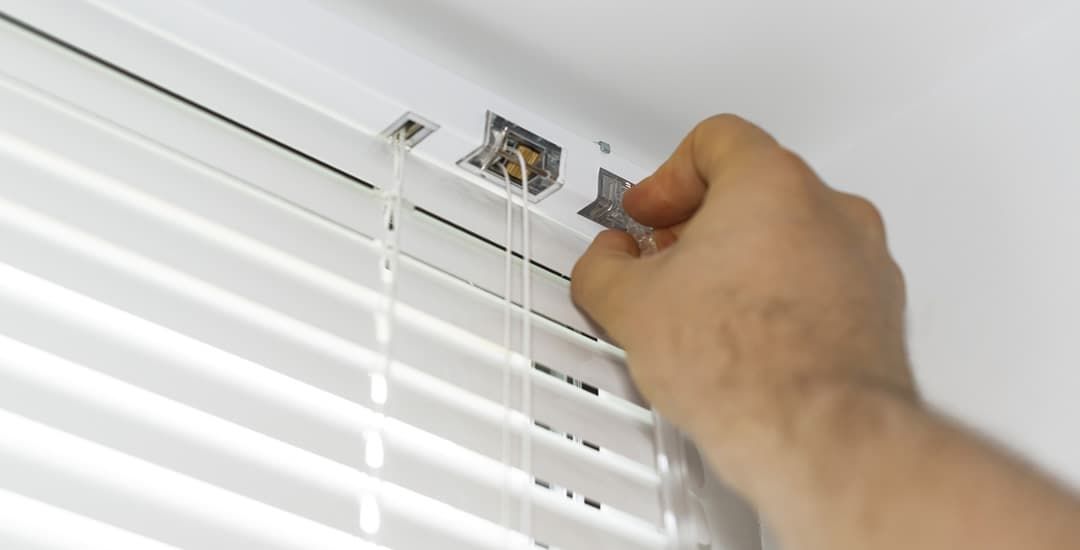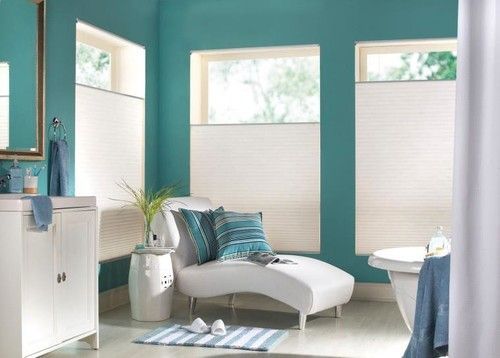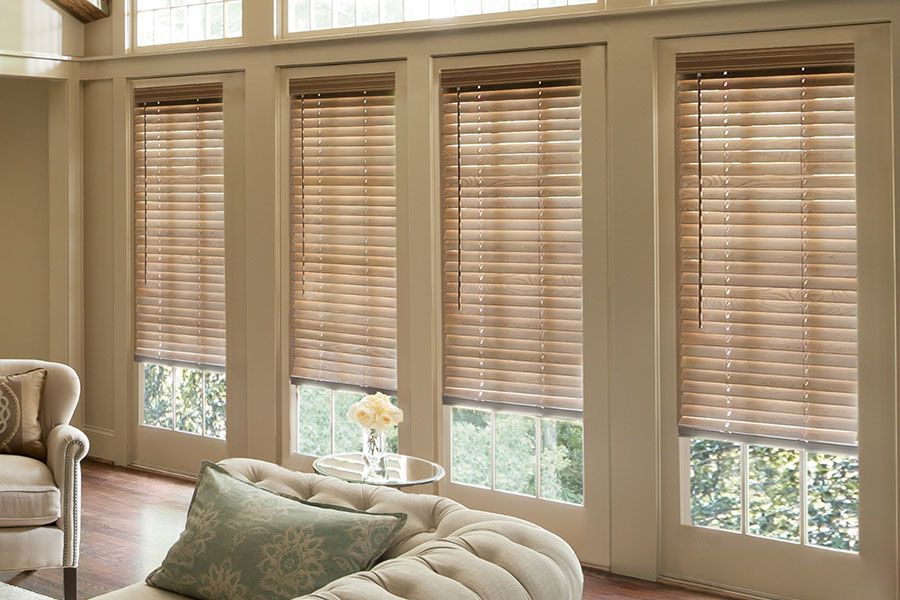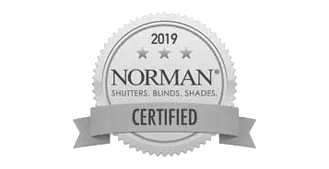LOVE IS BLINDS
What Is the Best Window Covering
for Double Hung Windows?
TLDR;
Top-down bottom-up cellular shades are the best
window covering for double hung windows due to their superior light control, insulation, and versatility. Other top choices include plantation shutters for privacy, faux wood blinds for budget-conscious buyers, and smart shades for modern convenience.
Why Double Hung Windows Deserve the Right Treatment

Double hung windows are a homeowner favorite because of their dual-sash design. You can open the top, bottom, or both for great ventilation and easy cleaning.
But choosing the right window covering for them can be tricky. You need something that moves with the sashes, provides privacy, controls light, fits your style—and ideally doesn’t break the bank. That’s where tailored, functional window treatments from Shop Love Is Blinds come in.
Let’s explore the best solutions.
Understanding Double-Hung Windows
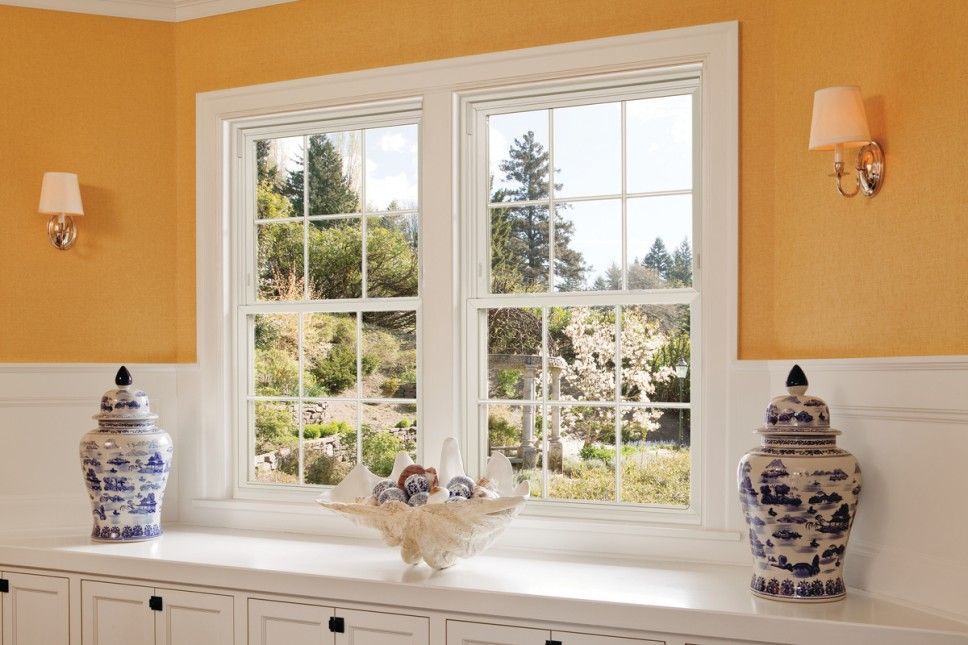
What Are Double-Hung Windows?
- Two operable sashes slide vertically within the frame
- You can open the top, bottom, or both sashes
- Common in colonial, traditional, and even modern home designs
- Ideal for airflow and natural light
- Easy to clean—especially from the inside
This flexibility is fantastic, but it does mean you’ll need equally adaptable window treatments.
Why the Right Covering Matters
- Standard treatments can block sash movement
- You need a solution that moves
with the window
- Want ventilation? Top-down control is key
- Want privacy? Lower coverage is critical
- A good fit should enhance—not limit—your window’s functionality
Key Factors When Choosing Window Coverings
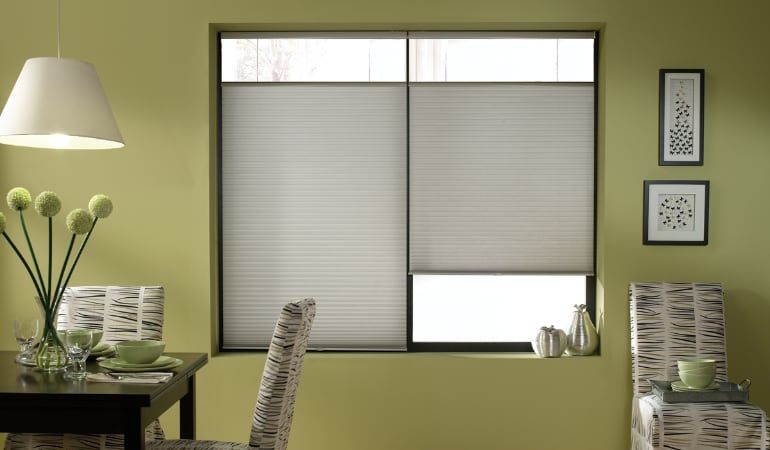
Privacy Needs
- Consider where your windows are—street-facing or private areas?
- Top-down bottom-up shades let in light while shielding visibility
- Plantation shutters with tiered panels allow partial openings
- Curtains add layering but may need to be paired with another solution
Light Control Preferences
- Do you want filtered light or full blackout?
- Cellular shades and roller shades offer both
- Faux wood blinds allow precise light direction with slats
- Layering with curtains increases versatility
Insulation and Energy Efficiency
- Cellular shades have an internal honeycomb structure that traps air
- Thermal curtains and lined drapes add insulation
- Shutters provide a barrier but are less insulating than shades
Smart Home Integration
- Want to automate?
- Motorized shades and blinds integrate with Alexa, Google, and other systems
- Perfect for hard-to-reach or tall double hung windows
Budget & Maintenance
- Faux wood blinds: durable, budget-friendly, moisture-resistant
- Shutters: long-lasting but more costly
- Shades: moderate cost, wide variety
- Curtains: low to high depending on fabric
Best Window Covering Options for Double Hung Windows
Let’s break it down by type.
Shutters
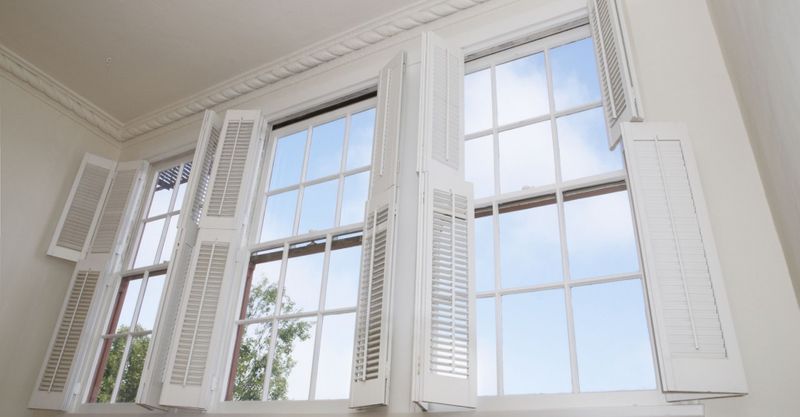
Best for: Classic aesthetics, privacy, and durability
- Plantation Shutters: Clean lines, available in wood or composite
- Café Shutters: Cover the bottom half only—ideal for privacy + light
- Tier-on-Tier: Independently operable top and bottom sections
Pros:
- Long lifespan
- Excellent for airflow with tiered styles
- Classic, high-end look
Cons:
- Expensive
- Requires precise measurement
Blinds
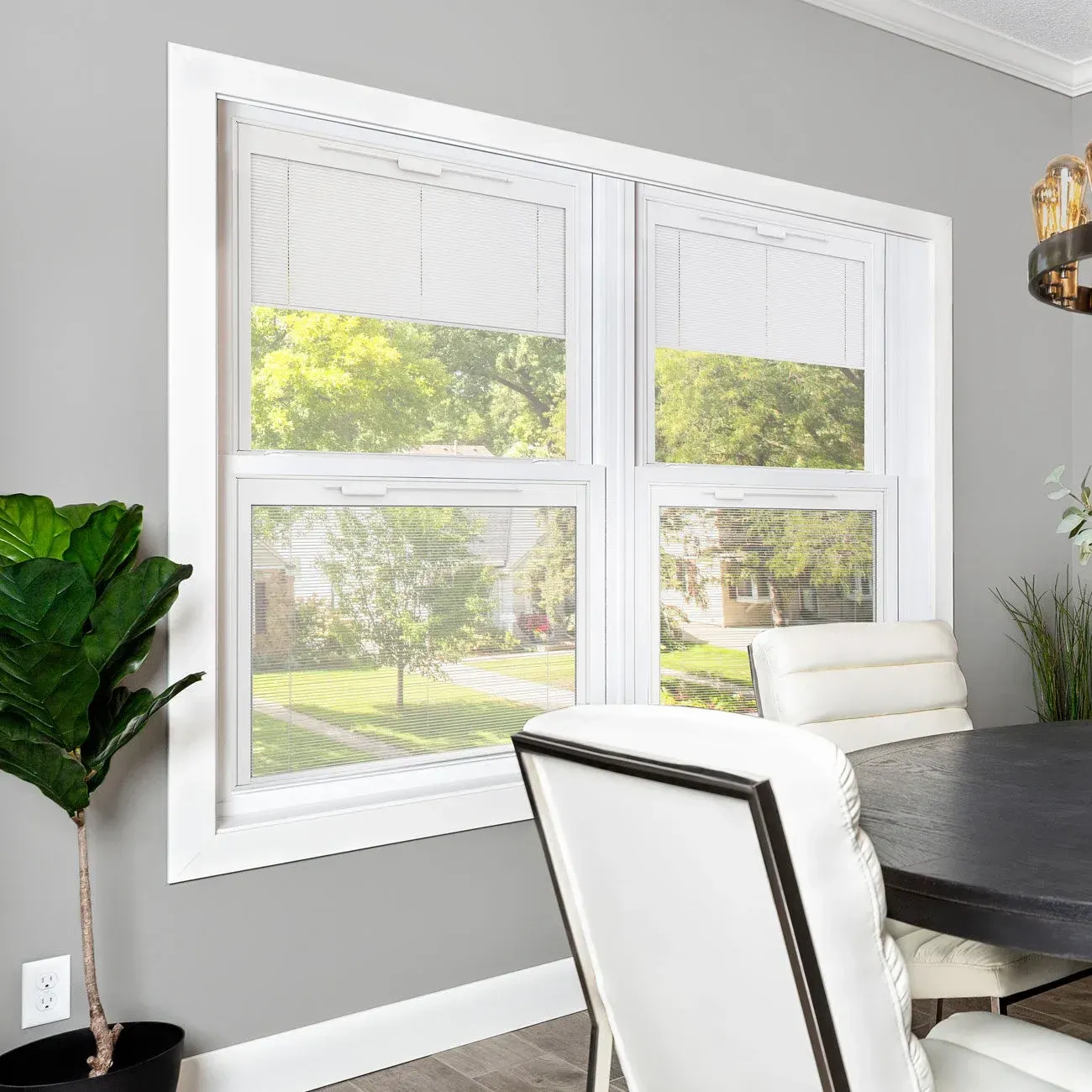
Best for: Budget and precise light control
- Faux Wood Blinds: Affordable, resist moisture
- Aluminum Mini Blinds: Great for kitchens or bathrooms
- Top Down Bottom Up Blinds: Rare but available in some lines
Pros:
- Easy to clean
- Wide selection
- Good for airflow control
Cons:
- Less insulating
- Slats may not fully block light
Shades
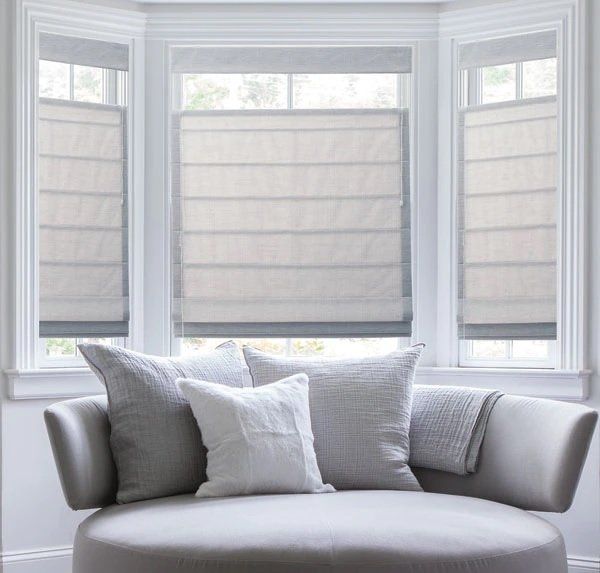
Best for: Energy efficiency and sleek design
- Cellular Shades: Top pick overall
- Trap air for insulation
- Available in light-filtering and blackout options
- Top-down bottom-up designs fit double hung windows perfectly. They’re also a great choice for homeowners seeking eco-friendly and deep sill window coverings, thanks to their energy efficiency and often recyclable materials.
- They're also a great choice for homeowners seeking
eco-friendly window treatments, thanks to their energy efficiency and often recyclable materials.
- Roller Shades: Minimalist and modern
- Roman Shades: Elegant folds, but bulkier
- Solar Shades: Reduce glare without blocking view
Pros:
- Great insulation
- Clean lines
- Versatile fabrics
Cons:
- Mechanism can wear out over time
- Not as adjustable as blinds
Curtains & Drapes
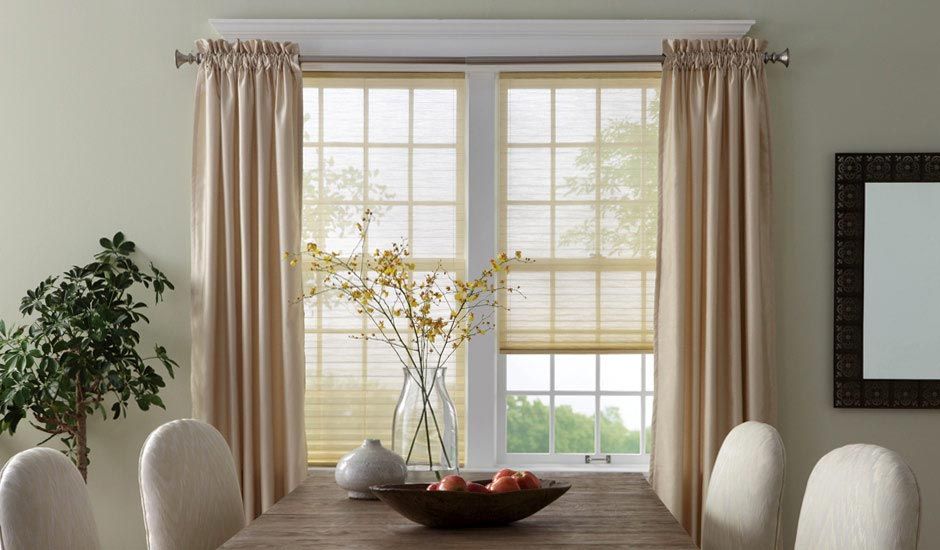
Best for: Style, softness, and layering
- Sheer Curtains: Light filtering while maintaining some view
- Blackout Curtains: Full darkness when needed
- Thermal Drapes: Add insulation for energy savings
Layering Tip:
Pair sheer panels with roller or
cellular shades for a versatile look.
Pros:
- High design flexibility
- Can enhance acoustics
- Adds softness
Cons:
- Can block window movement
- Less precise light control
Smart Window Coverings
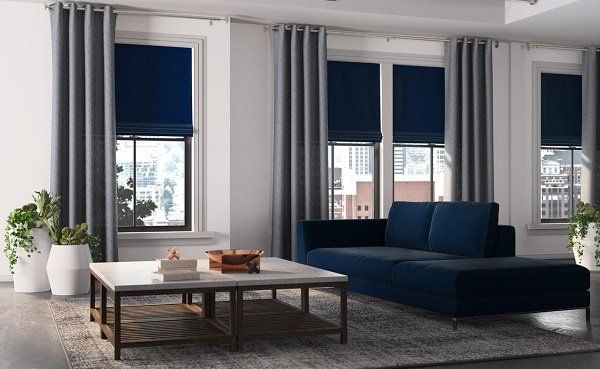
Best for: Convenience and modern homes
- Motorized Shades: Remote or app-controlled
- Alexa-Compatible Blinds: Voice-activated adjustments
- Schedule-Based Automation: Program to open/close with sunrise/sunset
Pros:
- Perfect for tall or hard-to-reach windows
- Great for aging-in-place homes
- Seamless light management
Cons:
- Higher upfront cost
- May require professional setup
Visual Comparison Table: Pros and Cons
| Treatment | Privacy | Light Control | Energy Efficiency | Smart Compatible | Aesthetics | Price |
|---|---|---|---|---|---|---|
| Shutters | High | Excellent | Moderate | No | Classic | $$$ |
| Faux Wood Blinds | Moderate | Good | Moderate | Yes | Clean | $$ |
| Cellular Shades | High | Excellent | High | Yes | Modern | $$ |
| Curtains | Variable | Variable | Variable | No (unless paired) | Soft | $-$$ |
| Motorized Shades | High | Excellent | High | Yes | Sleek | $$$ |
Best Window Covering by Situation

Best for Insulation → Cellular Shades
- Honeycomb design traps air
- Ideal for winter + summer energy savings
Best for Privacy → Plantation Shutters
- Solid structure
- Partial coverage options available
Best for Budget → Faux Wood Blinds
- Affordable, attractive
- Good for moisture-prone areas
Best for Modern Homes → Roller or Motorized Shades
- Sleek, minimal look
- Integrate with smart systems
Best for Layered Looks → Blinds + Curtains
- Combine function and style
- Use blackout curtains over cellular shades for max control
Installation Tips for Flawless Fit
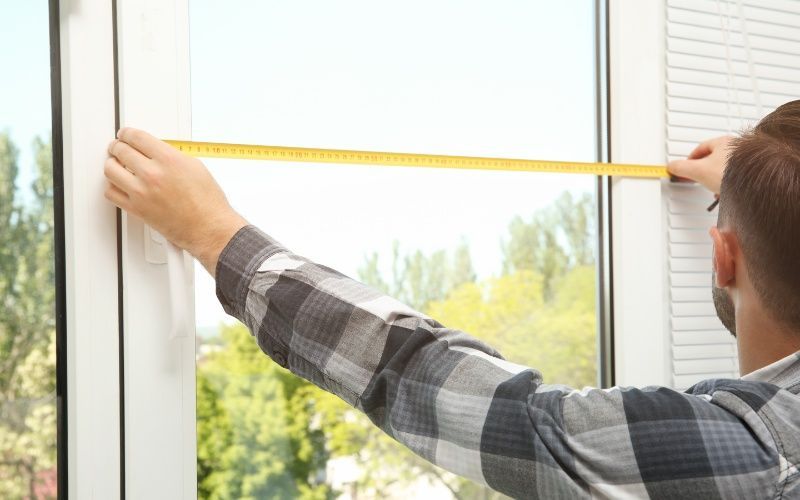
How to Measure Double-Hung Windows
- Inside Mount: Clean, built-in look
- Measure width and height at multiple points
- Outside Mount: Ideal for limited frame depth
- Measure full area to cover + add margin for overlap
Inside vs. Outside Mount
- Inside Mount: Great for depth, minimalist aesthetic
- Outside Mount: Covers more space, blocks more light
DIY vs. Professional Installation
- DIY is doable for blinds and shades
- Shutters and smart systems often need pros
- Shop Love Is Blinds offers both guides and professional services to assist
Need to setup a Repair Appointment?



